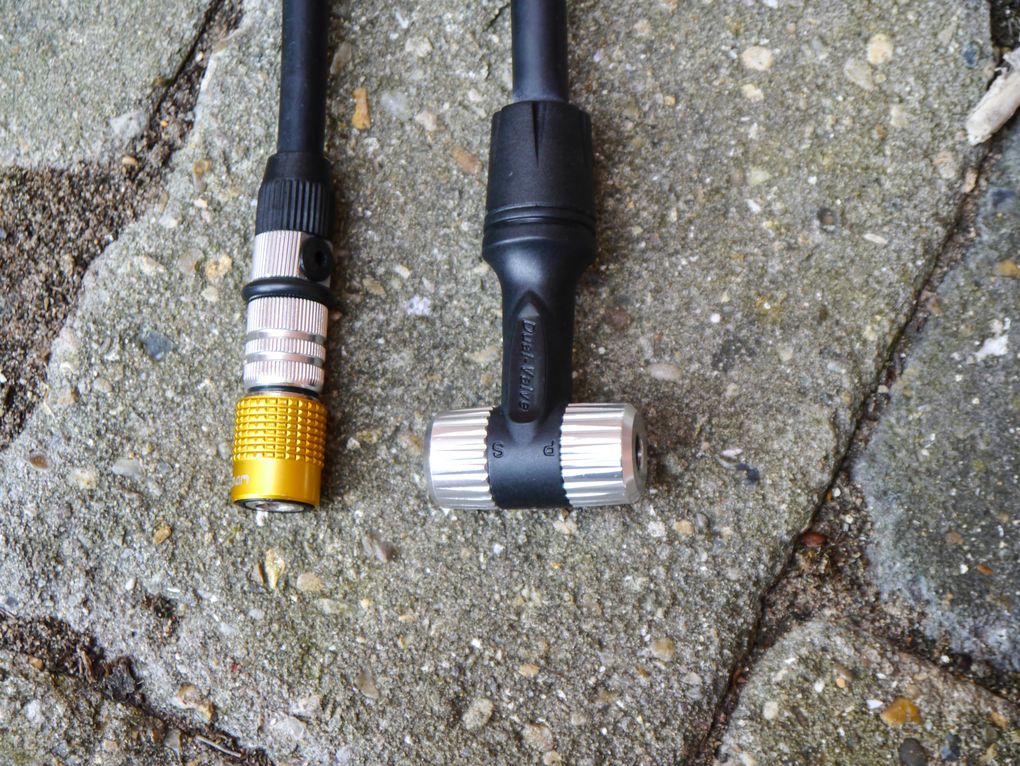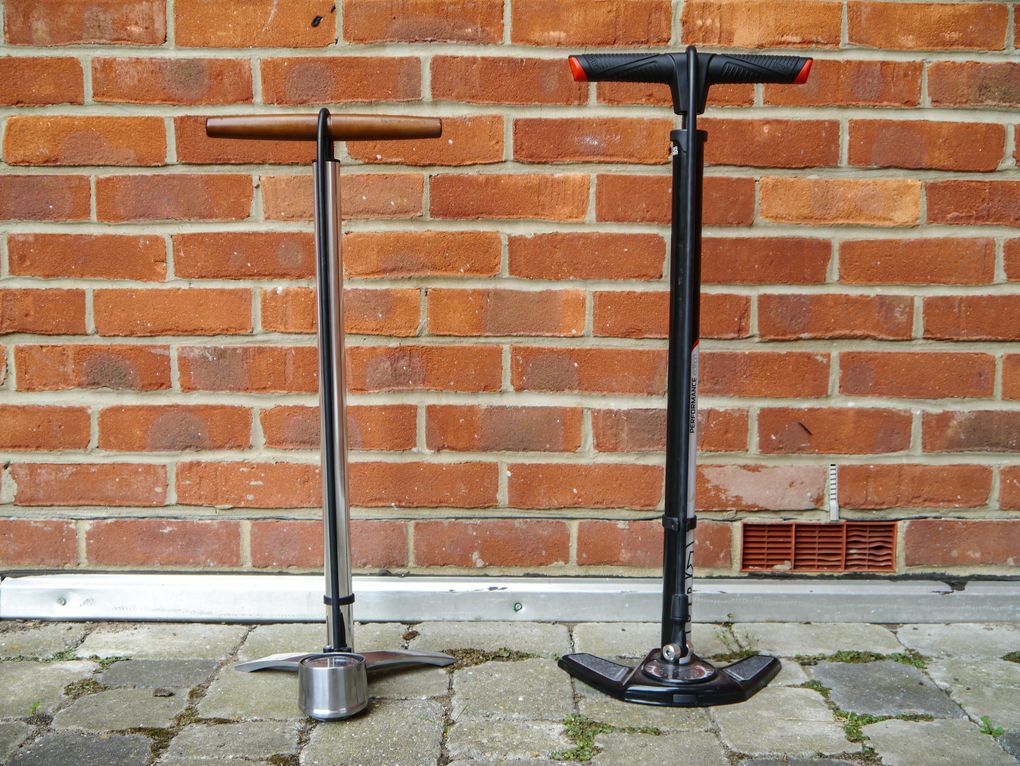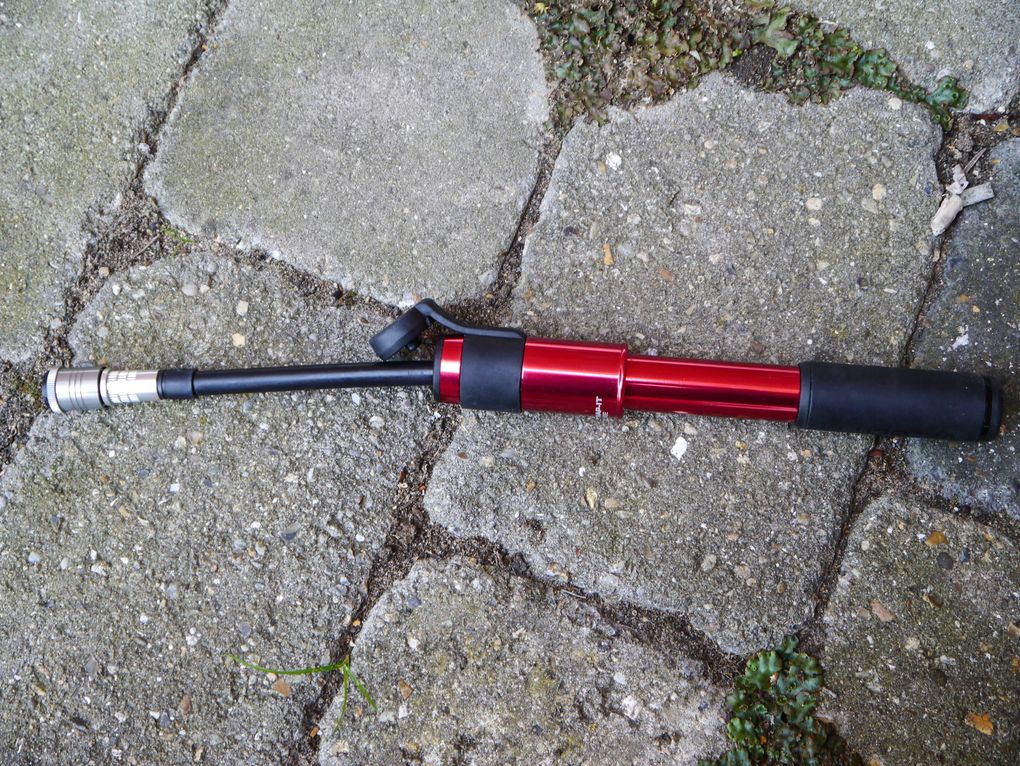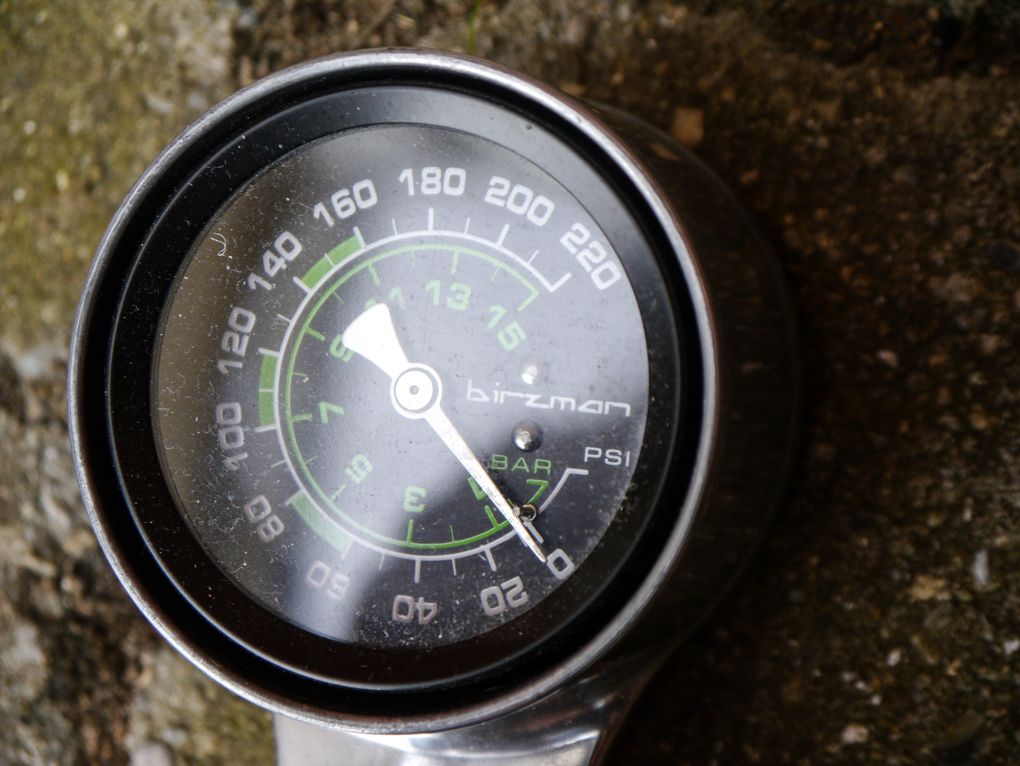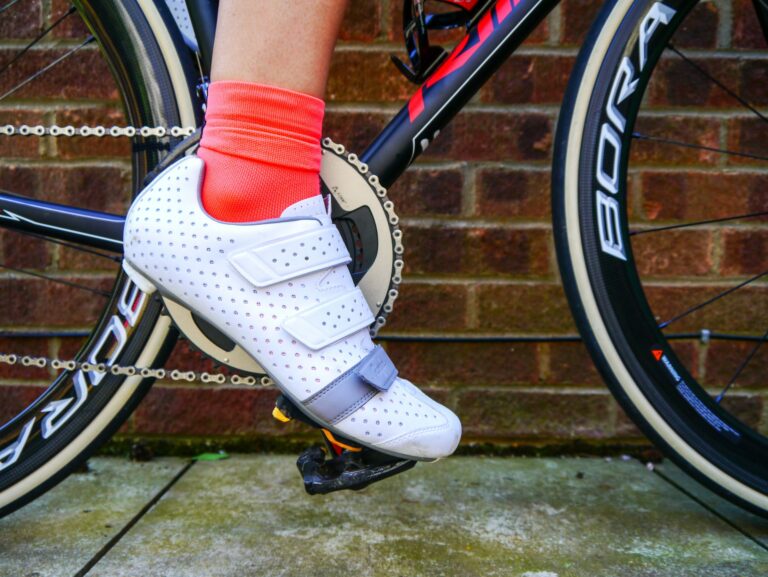While the majority of you will almost certainly know how to inflate the tyres on your bike, it’s another of those simple tasks, like changing an inner tube or using clipless pedals, that can seem pretty confusing to a beginner.
There are plenty of different types of pumps, inflators, valves, tubes and tyres – and all that can be a real nightmare if you’re coming to it for the first time.
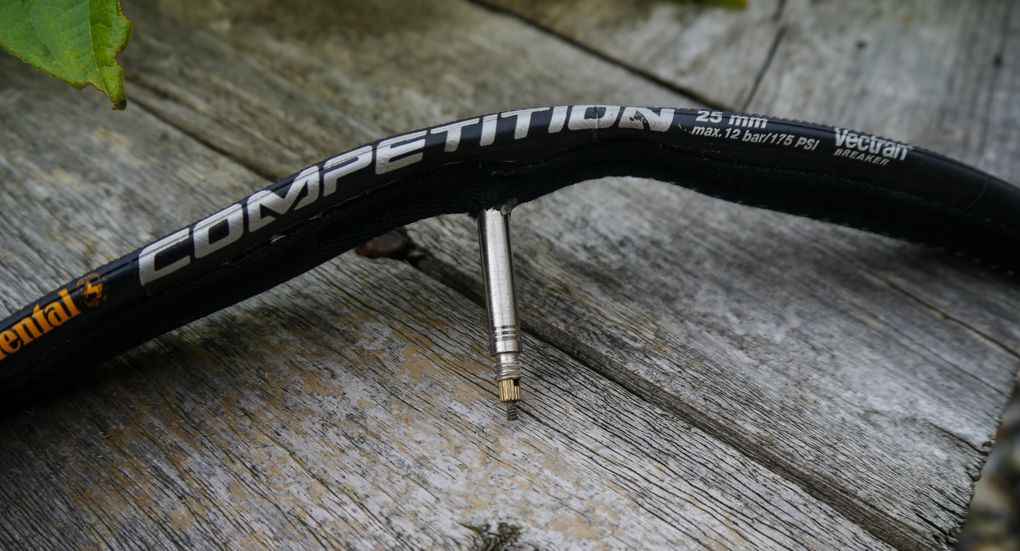
So here’s a handy guide to all things tyre inflation that’ll help to clear up any ambiguity surrounding the subject and have you fully inflated and ready to ride in no time…
Valve types
The best place to start is what type of valves your inner tube (or tyres, if you’re running tubulars) have. There are two basic types of valves that you’ll find on bikes: Presta and Schrader. For the most part, inner tubes and tubulars on road bikes will use Presta valves, and mountain bikes will use Schrader valves.
The visual differences between the two are obvious, with the Presta (pictured above) being slimmer, lighter and having a lock nut to close that you can see on the top. Schrader valves are wider, more robust and have a spring mechanism on the inside to keep the valve closed, rather than a screwable top section.

